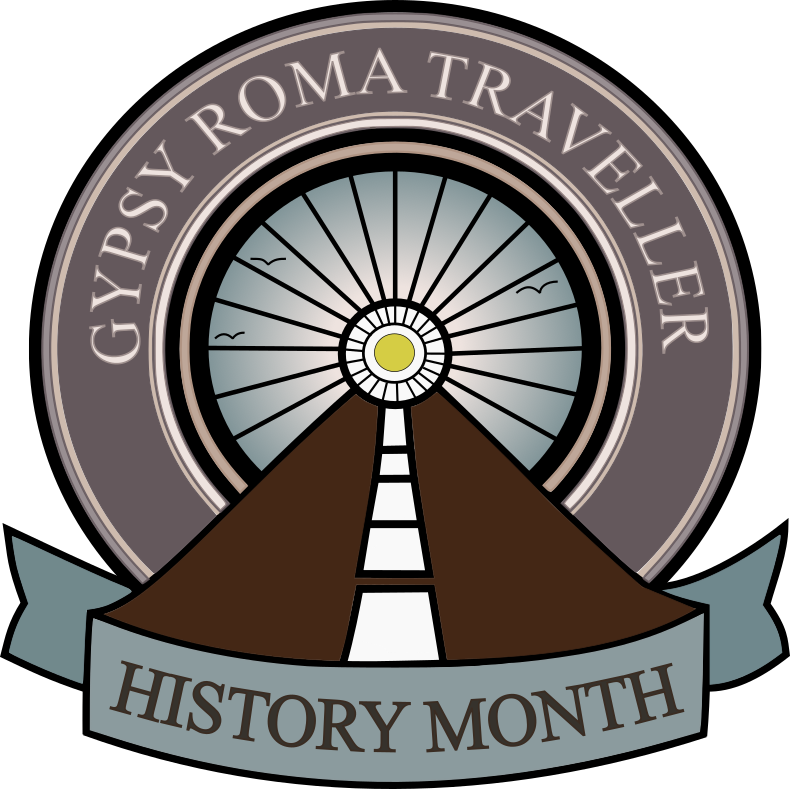Kerrysdale: Exploring the long history of the Gypsy/Traveller community within the Gairloch Area
In our last two posts celebrating Gypsy, Roma, Traveller History Month you’ll have seen that a pool on the River Kerry, Poll nan Ceàirdidhean, was named after the Gypsy/Travellers who would camp nearby. Here Willie MacRae, who’s family have farmed Kerrysdale since 1936, tells us about the families and camps he remembers from his childhood in the 1950s and 60s…
The MacRae family began farming Kerrysdale Farm in 1936 and are aware of families camping by the River Kerry for many years before that. One of the only photos we’ve been able to find of Gypsy/Travellers within the Gairloch area can be found in Christopher J Uncle’s book Old Ways Through Wester Ross, which depicts a bow camp in front of Sìthean Mòr, thought to be taken around 1913.
A Bow Camp in front of Sìthean Mòr circa 1913 - Christopher J Uncle, Old Ways Through Wester Ross
Willie remembers that during his childhood in the mid-1950s several families would be frequent visitors, travelling by horse and trap from places like Muir of Ord and Beauly in the east coast. The River Kerry was a favourite spot for many families as there was enough space for a tent and for their horses to graze too. Each family would carry their tent materials with them in their carts, and these would be bow tents like in the picture, made from bent lengths of willow or hazel, covered with a canvas and secured with stones. Each tent would be large enough to house 6 or 8 people, and there would often be a stove inside with a metal chimney poking out the top.
The Stewart family, with head of the family George “Geordack”, would come every year during the mid-50s until the late 1960s, and he had a wife and about 6 children. George’s brothers Robbie and Donald and their wives would sometimes come too. This family were tinsmiths and they’d go to the local iron mongers in Gairloch, owned by Simon ‘Hector’ MacIntosh, to buy sheets of metal to work. This would be used to make pails, pots and pans which would be sold around the local houses. In Kerrysdale, these goods would often be bartered for hay, especially if the spring had come late, as extra fodder would be needed for the horses.
As well as making tin items, some families made paper flowers too, and message-style baskets with a round body and hooped handle. Another family, the Davies, crocheted and sold things like soft facecloths and babies’ shawls. When a Gypsy/Traveller family arrived at a house to sell goods they’d have all their items wrapped in a large piece of material, and when you opened your door it would be unwrapped to reveal everything, including clothes pegs, knitting needles, combs and darning needles for darning socks.
Depending on the weather, the families might stay for two weeks or more, and use their camp as a base for travelling down the overside towards Redpoint. Given that there wasn’t much machinery on the farms and crofts at this time, there could be potential work in planting and picking each different crop, such as hand-binding sheaves of corn. And it was common for families to travel to South Erradale and help with the harvest there.
As well as being skilled craftsmen and farm workers, every family was great with horses and one man, Johnny Stewart, was a dealer in horses. He used to go off to Uist and buy ponies, breaking them in himself. Lots of local farmers and crofters would buy these horses from Johnny, and Willie’s uncle who farmed by Shieldaig Lodge sold a horse to him once.
As well as having open fields which were good for grazing horses, Kerrysdale also had the River Kerry and it’s pearl mussels, which at the time weren’t protected. One family, the Davies from east Sutherland, were expert pearl fishers who fished the Oykel in Sutherland too, and they were good at fishing the pearls in a sustainable way. This would usually be in summer, when it was more pleasant to stand in the river all day. The Travellers would bring a long wooden fishing pole with them, and a metal box with a glass bottom which would be pushed into the water and used to see the riverbed. Someone in the late 40s or early 50s found a pearl with a value of £50, which today would be worth thousands of pounds. And if they found pearls that were immature and still brown, or misshaped and of little value, they’d give them to the MacRae children. Any pearls thought to be of value would be taken to Dingwall or Inverness to be valued.
Given that some of these families came by each year Willie and his brothers became friendly with the children, and they’d often come up to the farm to play football on the fields. If there were a lot of families it could be up to 12-a-side. It seemed more common for their babies to be born elsewhere in winter before the family took to the road, but one mother returned each year with a new baby wrapped in a huge tartan shawl, and if a baby were born in the tent then it’s first bath was in the Kerry. And there were parties too – one couple of Gypsy/Travellers were married by the local registrar and shopkeeper Heckie MacIntyre while they were camped here, and returned to celebrate with their families beside the river.
Gairloch Museum recently relocated to a former nuclear bunker in the centre of Gairloch in Wester Ross, winning ArtFundUK’s Museum of the Year 2020. The museum tells the story of the people and landscape of Gairloch and the surrounding area from Mesolithic man to crofting communities. If you or your family have any memories of Gypsy/Travellers within the area, including photographs or objects, we’d love to hear from you at info@gairlochmuseum.org


